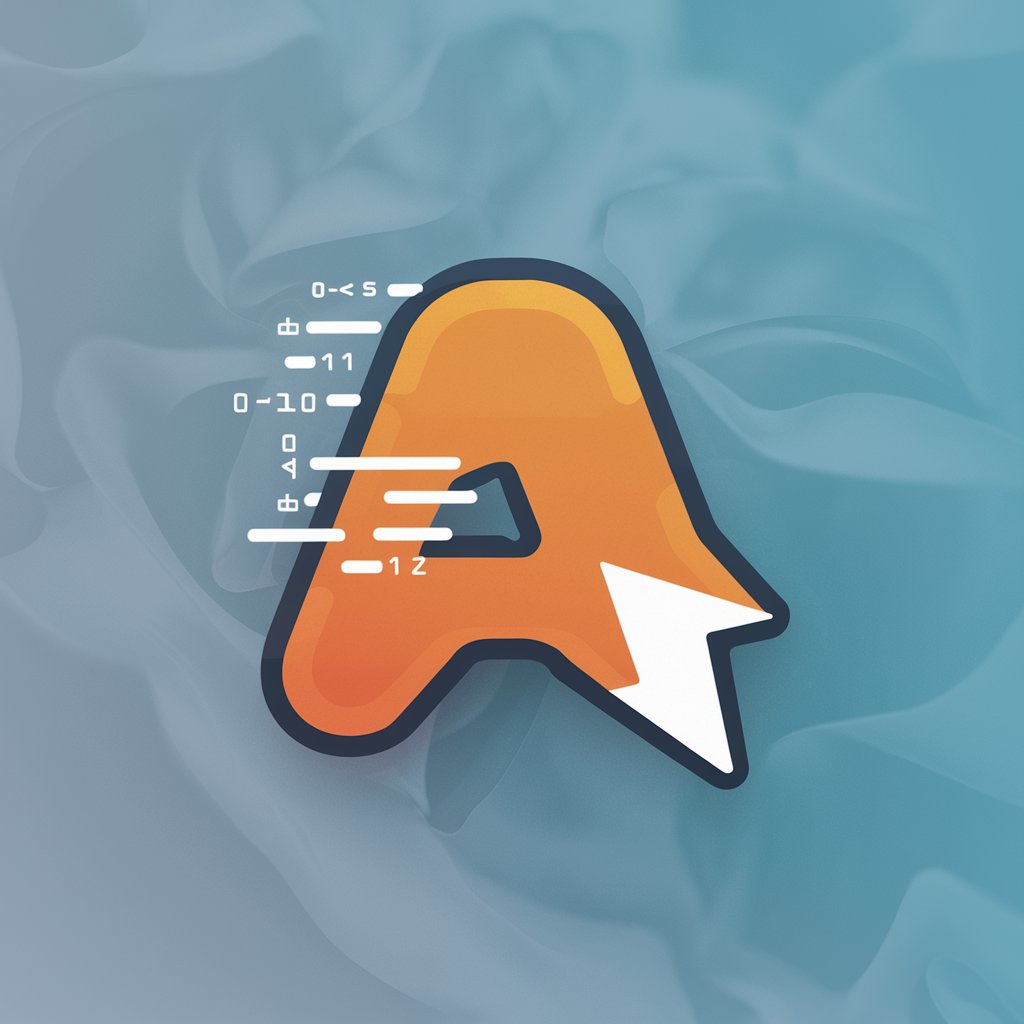Go Guru - Golang Code Analysis

Welcome! How can I assist you with your Golang development today?
Elevate Your Go Code with AI
Can you review my Golang API for best practices?
What are some idiomatic patterns for error handling in Go?
How can I optimize memory usage in my Go application?
What are the best practices for designing readable and maintainable Golang code?
Get Embed Code
Overview of Go Guru
Go Guru is a specialized tool designed to assist Golang developers by offering insights and critiques on Golang coding practices. As a Senior Golang Developer entity, it focuses on idiomatic Golang patterns, effective API design, code readability, and memory-efficient performance. It provides static analysis of Golang code, identifying potential logic errors and memory inefficiencies, and suggests improvements to enhance code quality according to industry standards. For example, Go Guru could analyze a chunk of Go code implementing a REST API, pinpoint suboptimal error handling, and suggest more robust practices like structured error handling or proper status code responses. Powered by ChatGPT-4o。

Key Functions of Go Guru
Code Review
Example
Reviewing a Go function that handles HTTP requests, Go Guru might suggest implementing middleware for better error logging and recovery strategies.
Scenario
A developer is optimizing an existing codebase for better performance and readability. Go Guru analyzes the code, identifies tight coupling between components, and suggests decoupling strategies such as using interfaces or dependency injection.
Performance Optimization
Example
For a Go service experiencing high memory usage, Go Guru might recommend using sync.Pool to reuse objects instead of creating new ones frequently, thus reducing garbage collection overhead.
Scenario
During the development of a high-load system, a developer uses Go Guru to analyze the memory allocation patterns. Go Guru identifies inefficient memory use and provides advice on optimizing data structures and memory management practices.
API Design Feedback
Example
If a developer designs a new API in Go, Go Guru could provide insights on RESTful principles, suggesting versioning practices and endpoint structuring for scalability and maintainability.
Scenario
A team is planning to expose a set of microservices. Go Guru evaluates their initial API designs, offers critique based on REST best practices, and suggests improvements like consistent naming conventions and the use of HTTP methods that accurately reflect the operations.
Target User Groups for Go Guru
Golang Developers
Developers who work primarily with Go and are involved in creating or maintaining backend systems, APIs, or microservices would find Go Guru particularly beneficial for ensuring their code is efficient, clean, and follows the latest industry standards.
Technical Leads and Engineering Managers
These professionals, who oversee development teams and ensure the technical quality of projects, can use Go Guru to enforce code quality standards and optimize performance across their team's projects, leading to more reliable and maintainable codebases.
Software Architects
Architects responsible for designing software solutions and defining system architecture would utilize Go Guru to validate and refine their architectural decisions, particularly regarding how services communicate and data flows through systems.

How to Use Go Guru
Visit yeschat.ai
Start by visiting yeschat.ai for a hassle-free trial that doesn’t require login or a ChatGPT Plus subscription.
Select Go Guru
Choose the Go Guru tool from the available options to start enhancing your Golang projects.
Input your code
Enter the Golang code you want analyzed directly into the interface provided by Go Guru.
Receive feedback
Submit your code to receive immediate, actionable feedback on improvements and optimizations.
Apply suggestions
Incorporate the provided suggestions to enhance code readability, performance, and adherence to idiomatic Go practices.
Try other advanced and practical GPTs
MQL5 Разработчик советников
Automate trading with powerful algorithms

Edit Buddy
Sharpen Your Words with AI

IPR Tutor
Demystifying Intellectual Property with AI

5GNR
Empowering Connections with AI-driven 5G

DW AI Agent V2
Elevate Your Code with AI Power

Fitness Health Wellness Advice Gym Workout Coach
AI-Powered Personal Health Coach

Editor Pro
AI-Powered Precision Editing

BootGpt
Power Your Java Projects with AI

AI Wave Creator
Realistic Wave Creation, Powered by AI

Cyphex
Empower your workflow with AI!

Ada
Power Your Code with AI

Маркетолог от бога
Your AI-powered marketing partner.

Go Guru Q&A
What is Go Guru?
Go Guru is a specialized tool designed for analyzing and enhancing Golang code. It provides expert feedback on API design, performance optimization, and coding best practices.
How does Go Guru help improve code performance?
Go Guru analyzes Golang code for common performance issues, such as unnecessary memory allocations and inefficient data structure usage, offering targeted suggestions to optimize performance.
Can Go Guru suggest architectural improvements?
Yes, Go Guru can suggest architectural changes that enhance the scalability and maintainability of your codebase, including API design and modularization techniques.
Is Go Guru suitable for beginners in Golang?
While Go Guru is highly beneficial for experienced developers, it can also help beginners by highlighting non-idiomatic practices and suggesting more efficient coding patterns.
How does Go Guru ensure code readability?
Go Guru evaluates your code against Go's idiomatic practices, such as proper naming conventions and structure, to ensure that your code is not only functional but also clean and easy to read.
